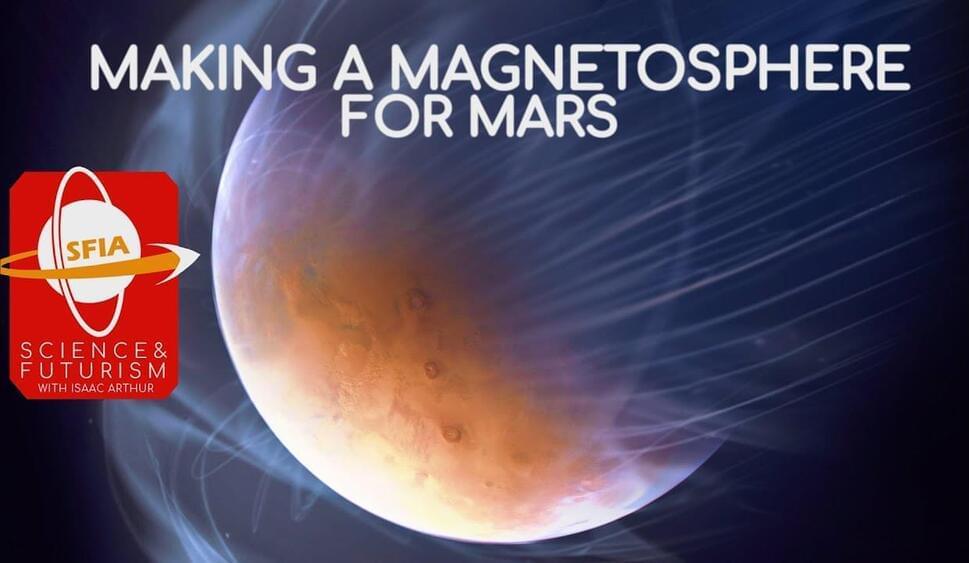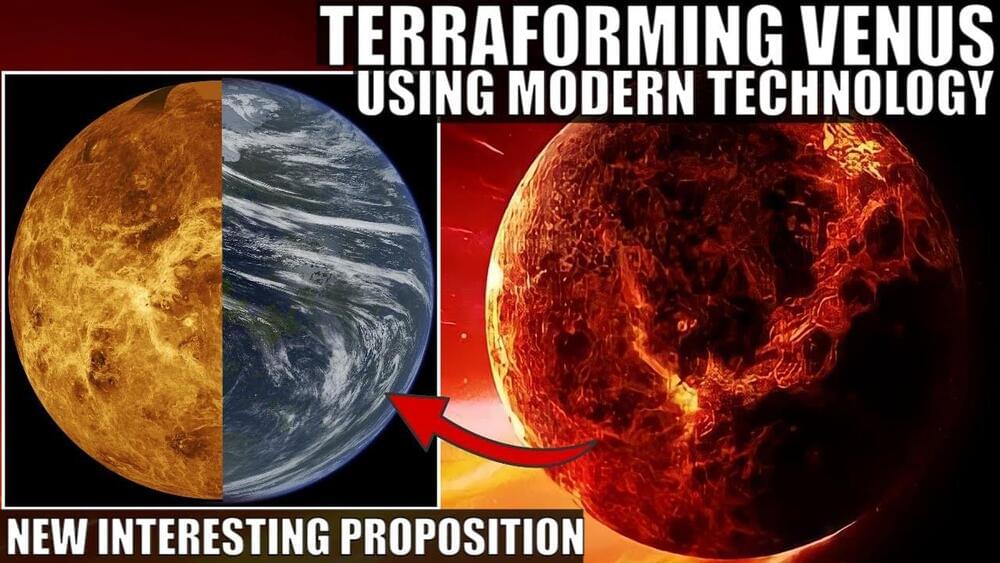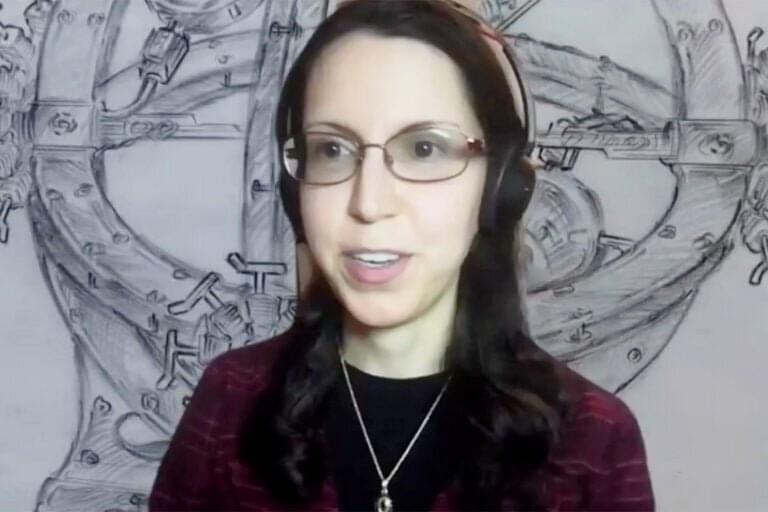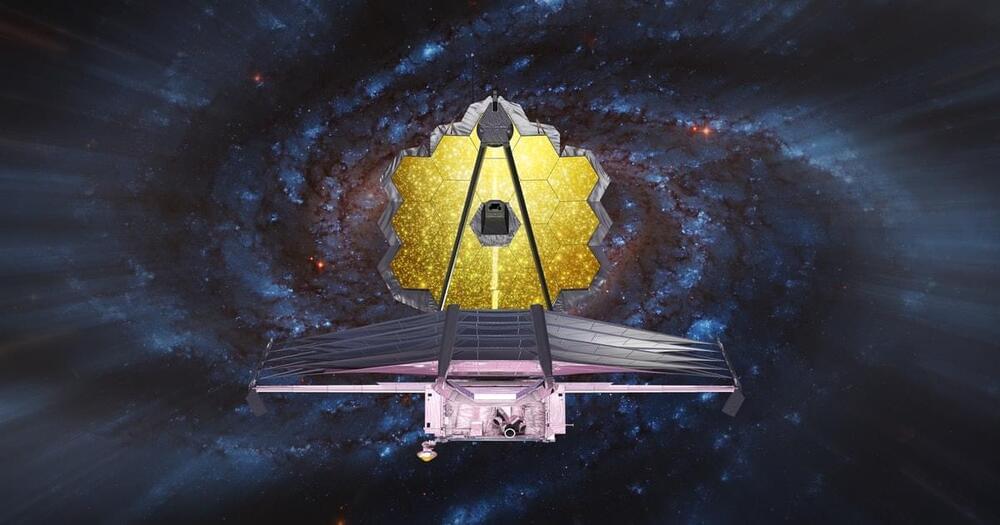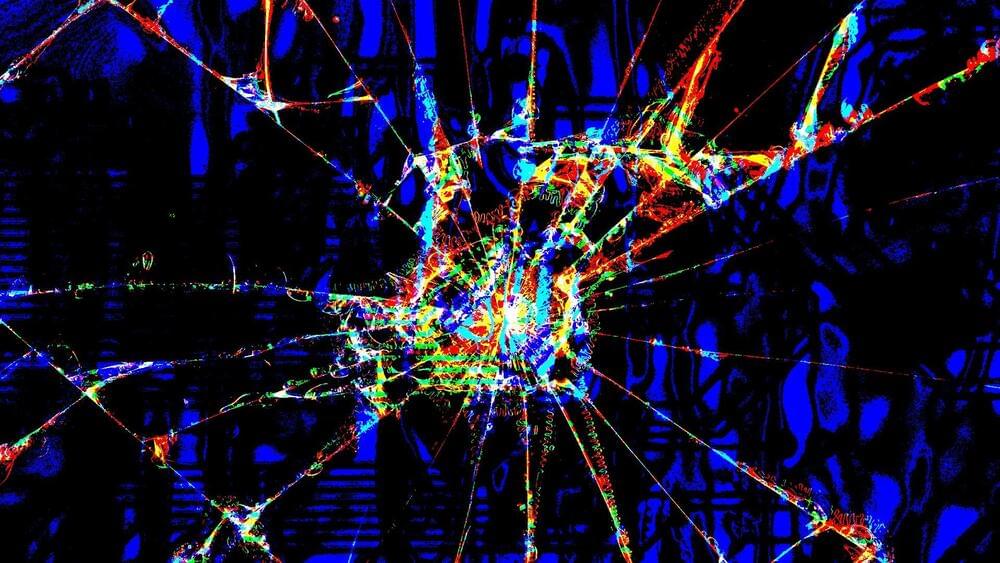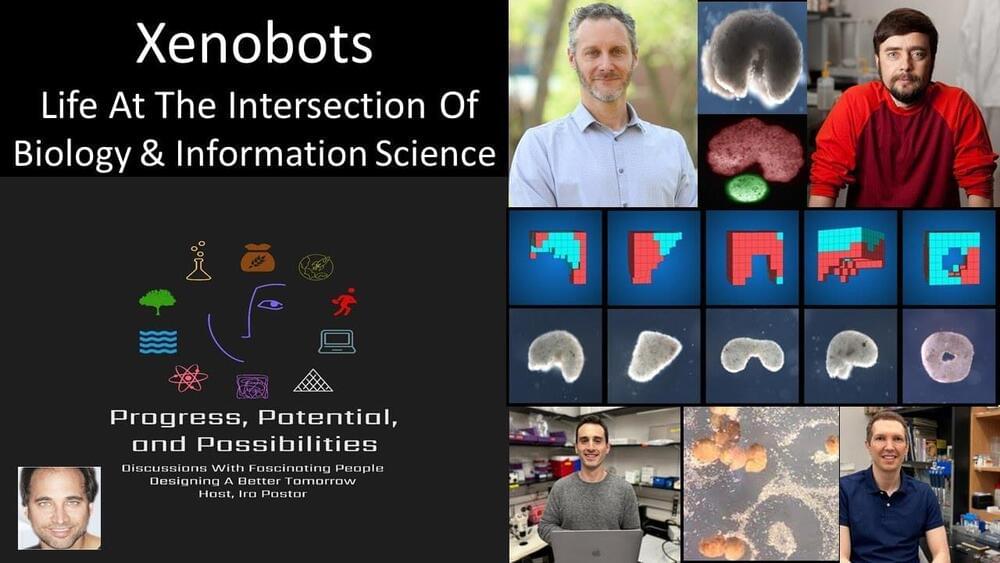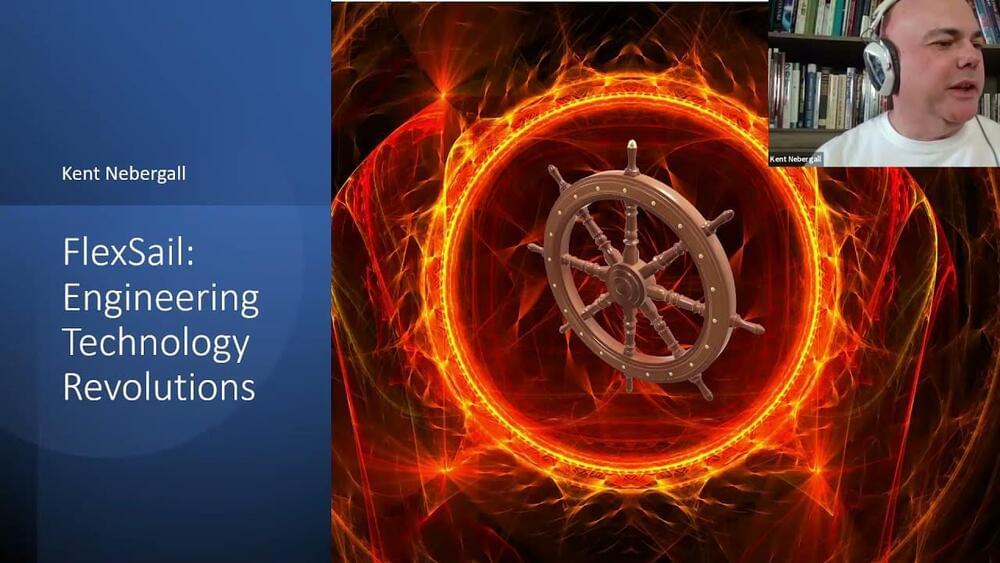Sign up for a Curiosity Stream subscription and also get a free Nebula subscription (the streaming platform built by creators) here: https://curiositystream.com/isaacarthur.
We believe Mars may once have had oceans and sky, but lost them from a lack of a magnetosphere. How does this happen, and how can we create a magnetosphere for Mars so we can terraform and live on it?
International Space Development Conference Registration: https://isdc2022.nss.org.
Martian Magnetosphere paper by R.A. Bamford: https://arxiv.org/abs/2111.06887
Visit our Website: http://www.isaacarthur.net.
Support us on Patreon: https://www.patreon.com/IsaacArthur.
Support us on Subscribestar: https://www.subscribestar.com/isaac-arthur.
Facebook Group: https://www.facebook.com/groups/1583992725237264/
Reddit: https://www.reddit.com/r/IsaacArthur/
Twitter: https://twitter.com/Isaac_A_Arthur on Twitter and RT our future content.
SFIA Discord Server: https://discord.gg/53GAShE
Listen or Download the audio of this episode from Soundcloud: Episode’s Audio-only version: https://soundcloud.com/isaac-arthur-148927746/making-a-magnetosphere-for-mars.
Episode’s Narration-only version: https://soundcloud.com/isaac-arthur-148927746/making-a-magne…ation-only.
Credits:
Making a Magnetosphere for Mars.
Science & Futurism with Isaac Arthur.
Episode 342, May 12, 2022
Written, Produced & Narrated by Isaac Arthur.
Editors:
David McFarlane.
Cover Art:
